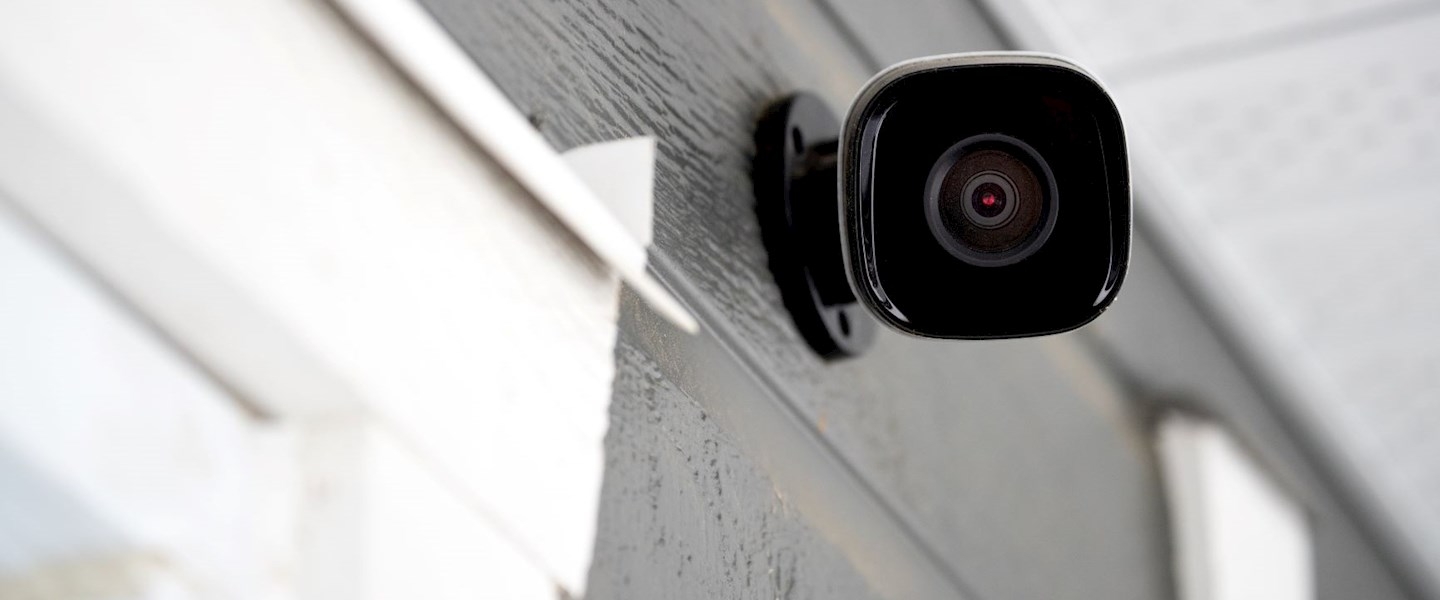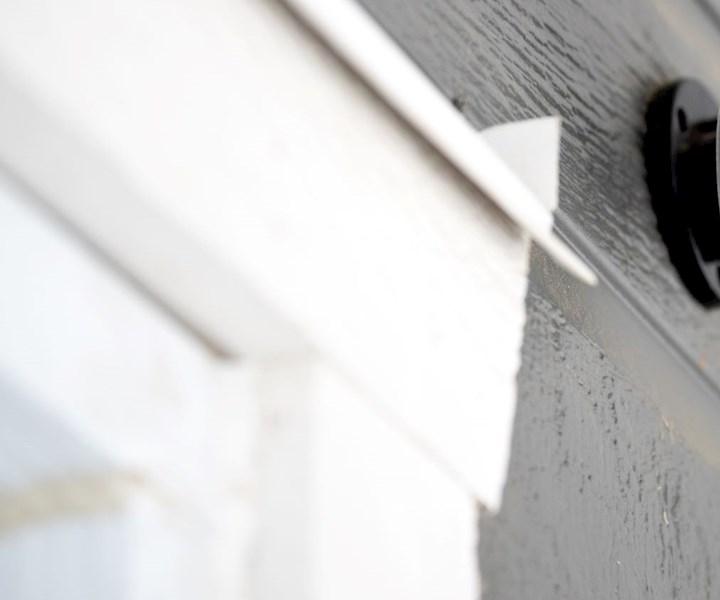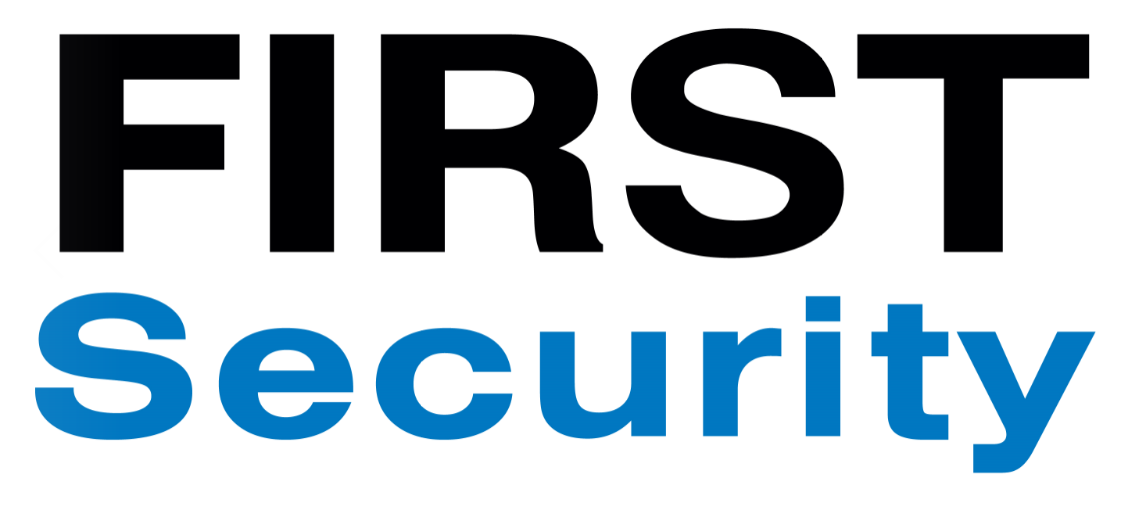6. Crowded Places: Detecting hostile reconnaissance


The government’s ‘Protecting Our Crowded Places from Attack: New Zealand’s Strategy’ provides guidance to venue operators and event organisers in relation to protecting staff and visitors from armed attacks. In this series of posts, FIRST Security’s COO Steve Sullivan looks at how you can implement the strategy and keep your people safe.
In my last post, I wrote about the Assessing Your Protective Security Tool that forms part of the recently released Crowded Places strategy. Specifically, I discussed what the tool has to say about the deployment of security staff as a protective security measure.
In this post, we take a look at the strategy’s Detecting and Responding to Hostile Reconnaissance Tool. Hostile reconnaissance may sound a little cloak and dagger, but really it’s just a fancy way of referring to the ‘casing’ of a premises by a malicious actor.
As the strategy puts it, hostile reconnaissance “is the purposeful observation of people, places, vehicles and locations to collect information that informs the planning of an attack against a specific target.” It also includes any rehearsals in preparation of an attack.
At just 12 pages, the document makes for quick – and useful – reading, and its available for view/download on the New Zealand Police website.
What to look for
According to the UK Centre for the Protection of National Infrastructure’s (CPNI) Hostile Reconnaissance guidance, the key to disrupting hostile reconnaissance “comes from understanding the information hostiles need, and where they are going to have to go to get this and their state of mind.”
Understanding what hostiles need, states the CPNI, requires having an understanding of the threats your crowded place faces “in a way that enables prediction of likely attack scenarios” (The Crowded Places strategy’s Self-Assessment Tool, which we explored in my second article in this blog series, can assist you in developing an understanding of the threats).
Understanding the nature of potential threats – and therefore what information a hostile is looking for – is something that needs to be understood across your organisation. As the tool points out, some of the best people to spot things that are out of the ordinary in a neighbourhood or workplace are those who are there every day.
The Australian Crowded Places strategy echoes this. “A number of terrorists worldwide have been detected by bystanders who acted on their initial suspicion that something was ‘not quite right’ about an individual’s activity by reporting this to authorities,” it states. “Employees working in crowded places and members of the public are often best placed to detect suspicious behaviour.”
What to do about it
Disrupting hostile reconnaissance is about denying the hostile the opportunity to gain information, detecting them when they are conducting their reconnaissance, and deterring them by promoting failure through messaging and physical demonstration of effective security:
Deny
This is all about placing barriers between hostiles and the information they need about your venue, including restricting access to documents such as site plans, removing or modifying information from public-facing websites, and educating employees about what not to post in their social media accounts.
As the CPNI points out, denying can also mean creating uncertainty and unpredictability around site security arrangements. Randomised security patrols – in terms of timing, type and location – make it difficult for a hostile to determine a pattern of activity that they can exploit.
Detect
It’s important to note that hostile actors operate with a different mindset to normal site users. Apart from the fact that their behaviour might set them apart (over-inquisitiveness, eye contact avoidance, loitering, tailgating, weak rationale for being onsite, etc), they know that they’re there with malicious intent, and for this reason they may be relatively anxious or paranoid and therefore potentially susceptive to detection.
It’s in this area where the NZ strategy sets itself apart from the older UK (2016) and Australian (2017) guidance. In recent years, the discipline of behavioural detection – or identifying behaviours that are above ‘baseline’ – has become more widely practiced, and this is reflected in the tool.
Behavioural detection is a learned specialisation, but its principles should be known and exercised by all employees. Additionally, trained, vigilant and engaged security officers can be particularly powerful.
Deter
This is about ‘marketing’ your protective security provision to the hostile audience. The very fact that hostiles are interested in information about the state of security measures at your site) can be used as a way of delivering deterrent messaging to them.
Getting deterrence messaging across can be as simple as ensuring that you have security controls that are ‘obvious’, including visible outdoor CCTV cameras and CCTV signage, security alarm and patrol signage, and, of course, active and engaged security guards and mobile patrols.
Coming up...
In my next crowded places post, I’m looking forward to exploring behavioural detection in a little more depth as part of our look into the Detecting Hostile Reconnaissance Tool.
As always, if you’d like to have a discussion about how to keep your staff and visitors safe, feel free to contact me at steve.sullivan@firstsecurity.co.nz

